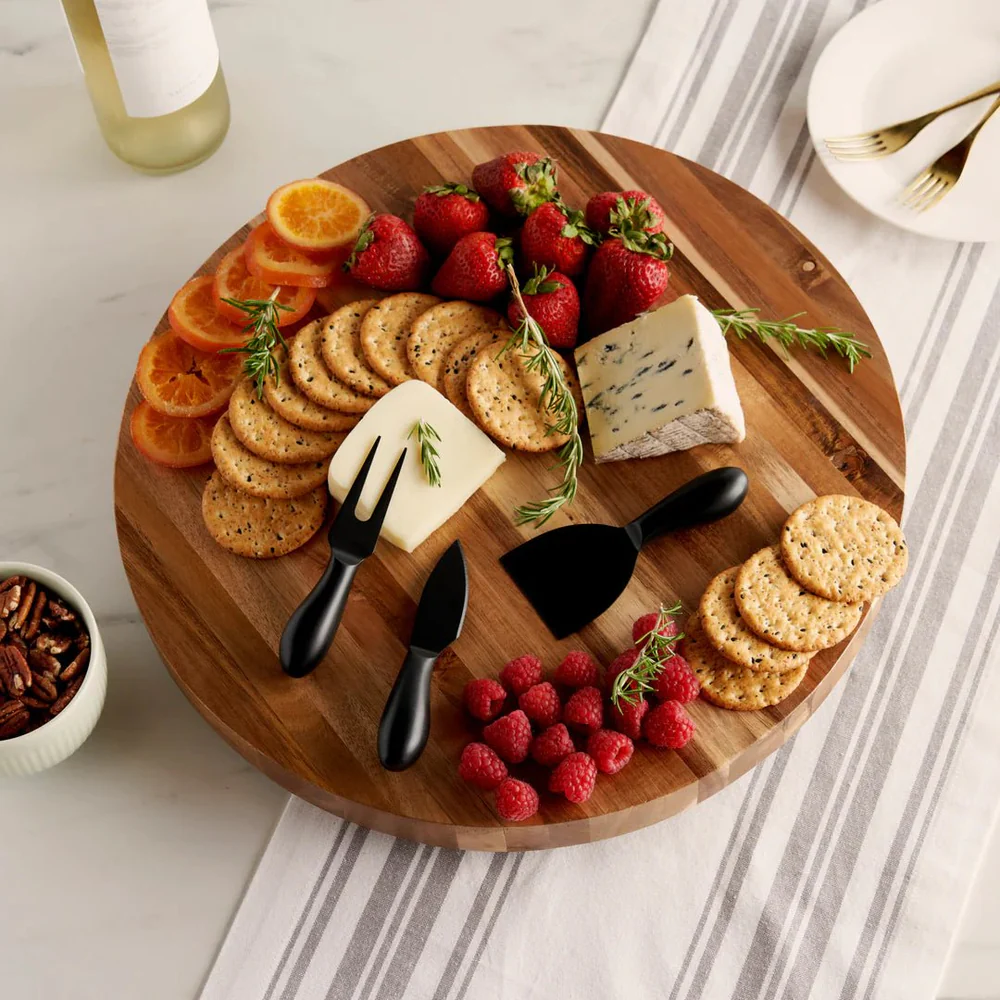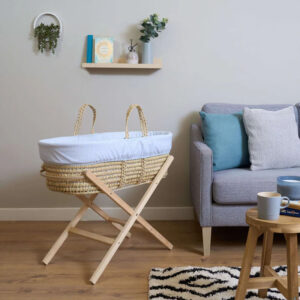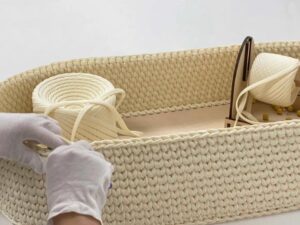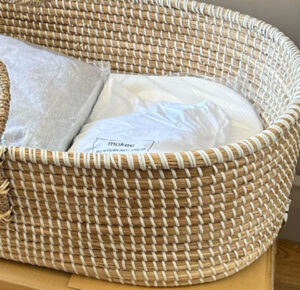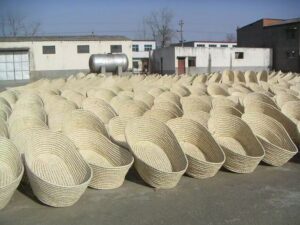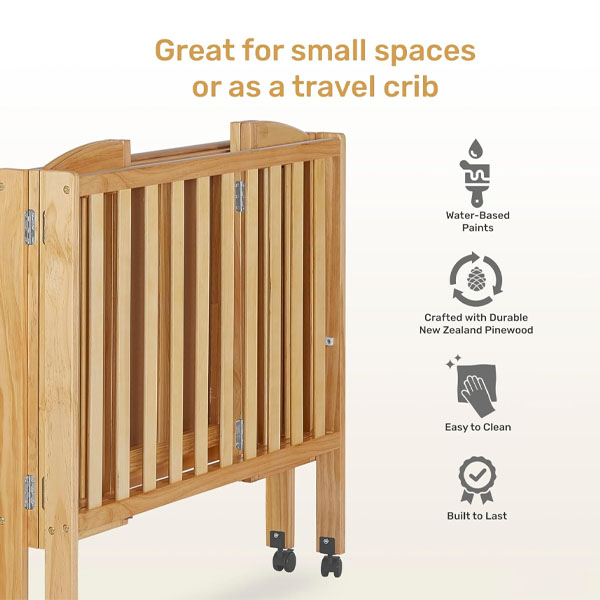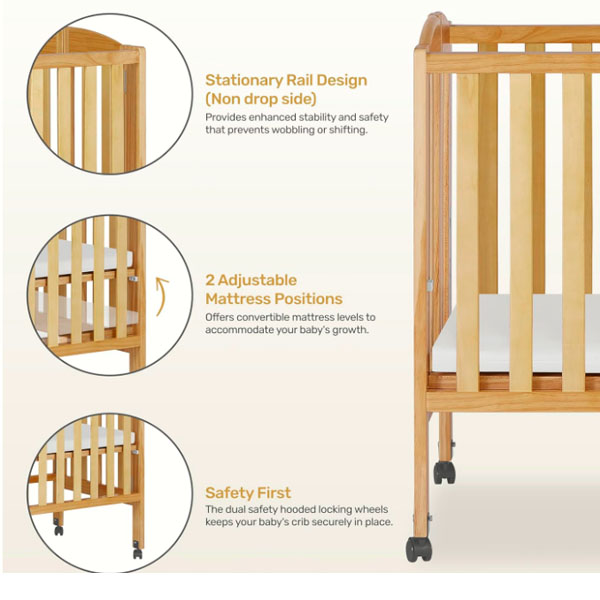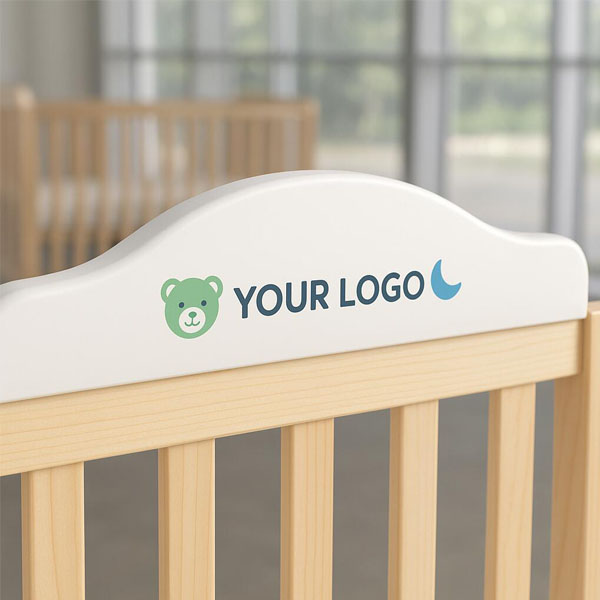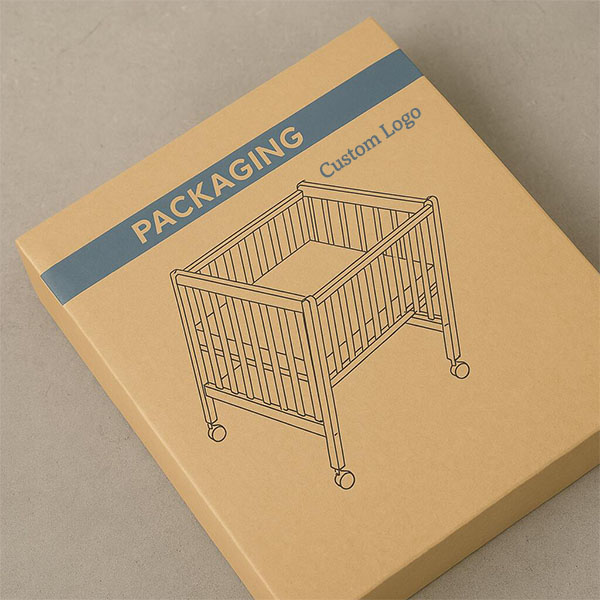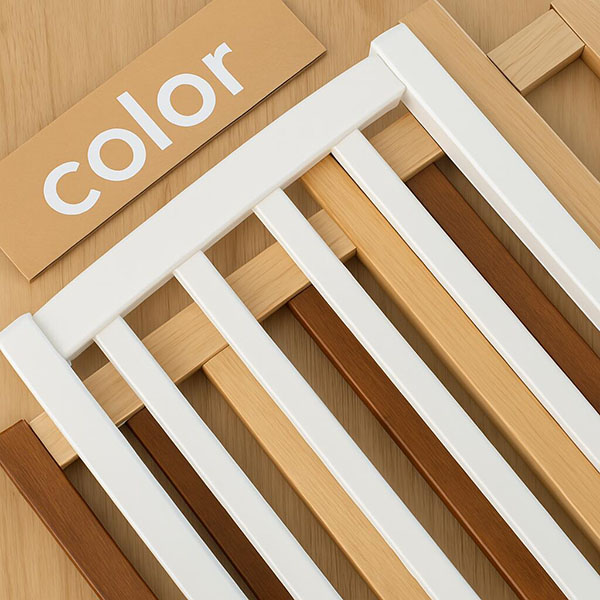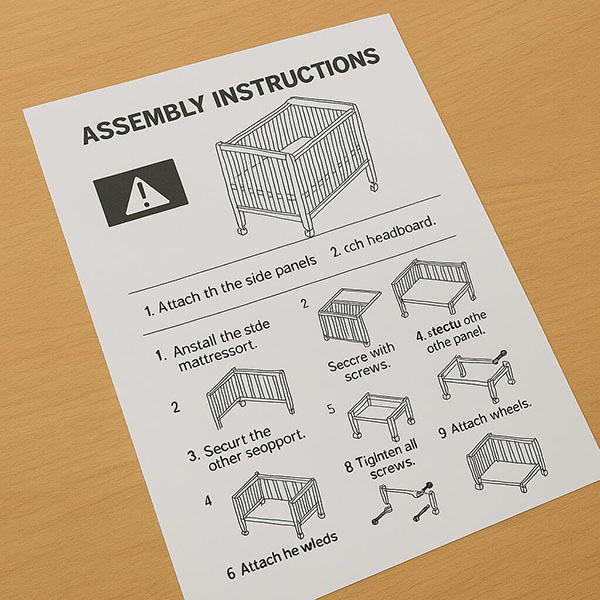What is the difference between a charcuterie board and a cheese board?
A charcuterie board and a cheese board share many similarities, but they serve different purposes and have distinct components. Here’s how they differ:
1. Primary Focus
- Charcuterie Board: Focuses on cured meats (charcuterie means "cold cooked meats" in French). It typically includes a variety of prosciutto, salami, chorizo, and pâté, along with complementary ingredients.
- Cheese Board: Centers around cheese varieties, such as brie, cheddar, gouda, or blue cheese, often paired with crackers, fruit, and nuts.
2. Ingredients
- Charcuterie Board: Includes meats, but also pickles, olives, mustards, nuts, fruits, honey, and bread to complement the flavors.
- Cheese Board: Primarily features cheeses, along with crackers, bread, fruits (grapes, figs, apples), nuts, and jams to enhance the cheese flavors.
3. Arrangement & Serving
- Charcuterie Board: Often arranged with meat slices fanned out or folded, alongside dips, spreads, and accompaniments for a balanced mix of savory, salty, and tangy flavors.
- Cheese Board: Arranges cheeses in wedges, blocks, or slices, paired with sweet and savory items that enhance the cheese textures and flavors.
4. Best Occasions for Each
- Charcuterie Board: Ideal for cocktail parties, wine tastings, and casual gatherings where savory bites are preferred.
- Cheese Board: Perfect for wine pairings, after-dinner snacks, or elegant appetizer spreads.
5. Hybrid Boards
Many people combine both into a charcuterie and cheese board, which includes both meats and cheeses, creating a well-rounded platter with a variety of flavors and textures.
Would you like tips on creating the perfect board for your occasion? 😊

